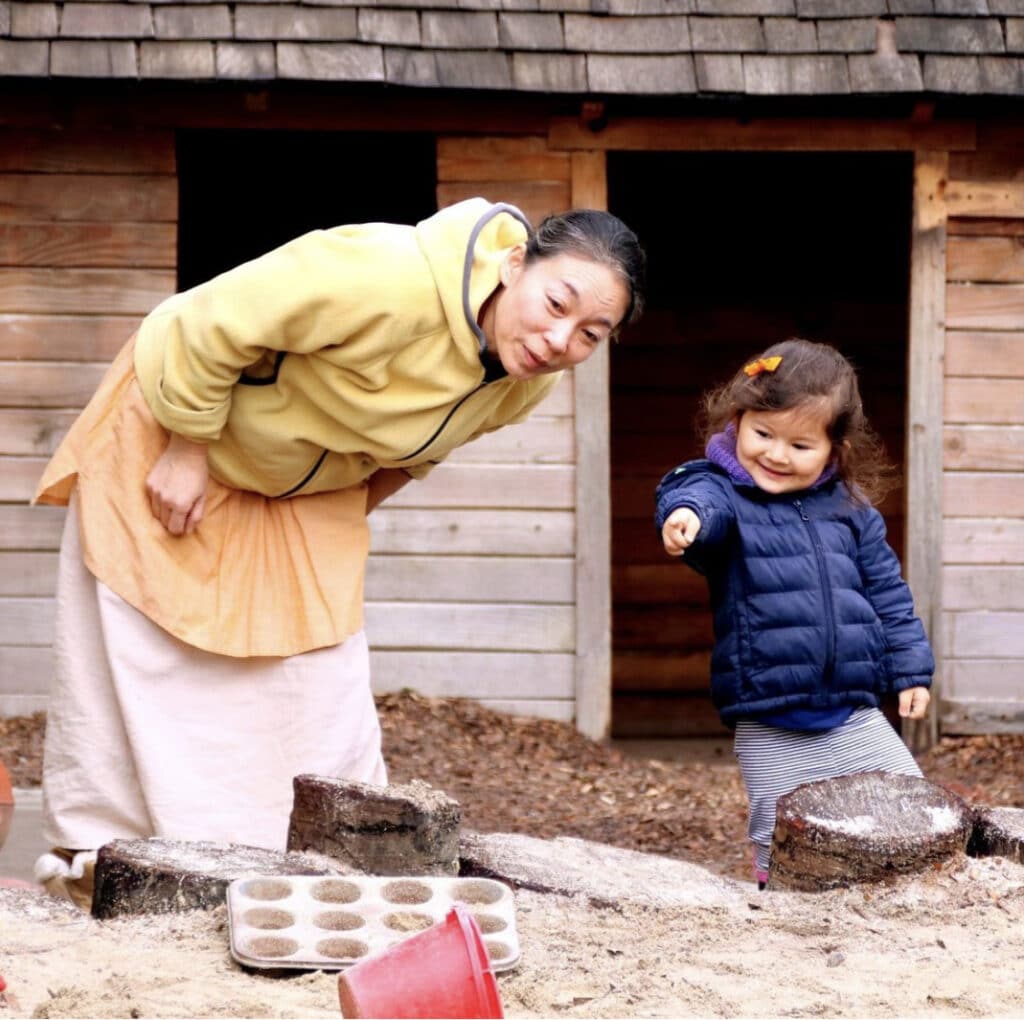
Chicago Waldorf School Featured in Esquire
Chicago Waldorf School is featured in Esquire Magazine for its partnership with Italian luxury fashion house Kiton to launch a ...
Read More Thriving in a Future Driven by AI: A Tech Leaderʻs Reflections
Tech leader and AI entrepreneur, Rob Wray, weighs in on how we should prepare children for an AI-enhanced future. He ...
Read More Dr. Lea Fredrickson, Shapes STEM Education in Silicon Valley
Dr. Lea Fredrickson, an alum from The Waldorf School of Santa Barbara, received her PhD in Physics from UCLA studying ...
Read More Pasadena Waldorf School Students Perform at the Grammys
Students from Pasadena Waldorf School and took the Grammy stage alongside Stevie Wonder and Herbie Hancock for a moving performance of We ...
Read More Hawthorne Valley awarded $1.2 million grant
Hawthorne Valley Waldorf School has been awarded of $1.2 million from the New York State Energy Research and Development Authority ...
Read More 10 Education Research Articles in 2024
These education research articles published in 2024 highlight the benefits of methods used in Waldorf education. The Power of Play: ...
Read More 10 Waldorf Schools in the News in 2024
These Waldorf schools were featured in local and national news in 2024 -- highlighting newsworthy students, teachers and community events. ...
Read More 10 Alum Accomplishments in 2024
We want to share some exciting news about Waldorf alum and the things they have accomplished in 2024. Maayan Ziv, ...
Read More Meet Keynote Speaker Dr. Linda Williams
Dr. Linda Williams is a featured speaker at the upcoming 2025 Association Conference -- Deepening the Art of Teaching & ...
Read More 









